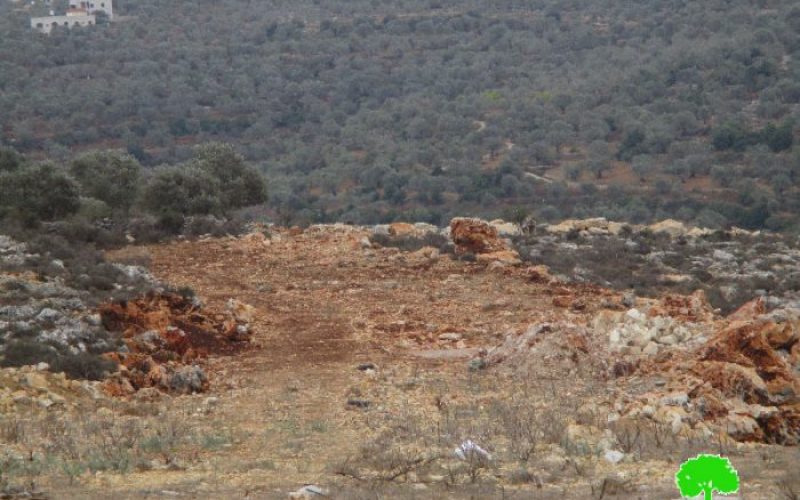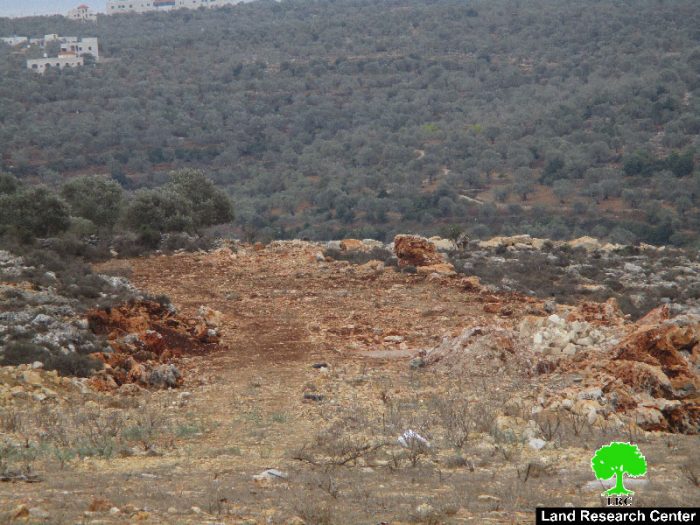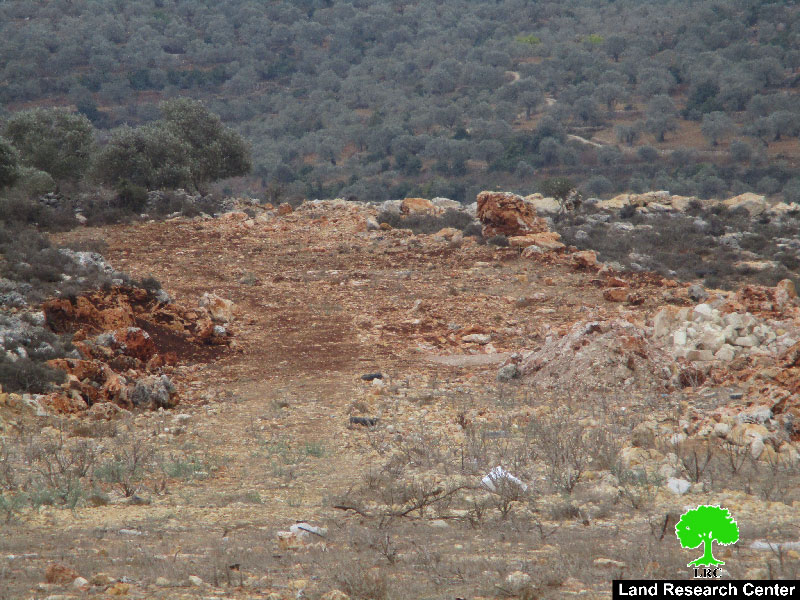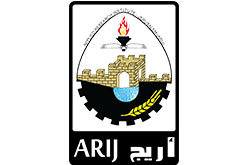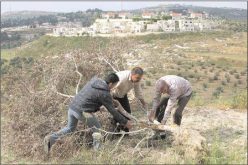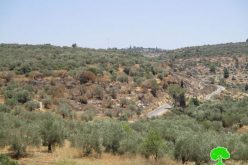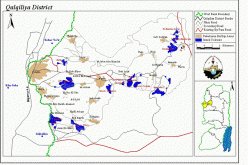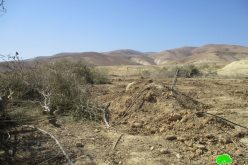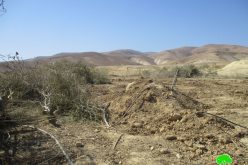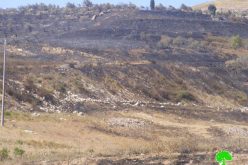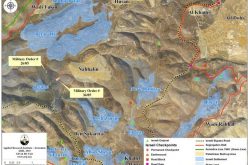- Violation: uprooting 280 saplings
- Location: Ras Attyeh village-Qalqiliya
- Date: September 05, 2016
- Perpetrators: Israeli occupation army
- Victims: farmer Banan Shoubaki
Details:
A massive force from the Israeli occupation army accompanied by a military dozer and a truck on September 05, 20165 raided the area of Ras Attyeh village that is relative to Qalqiliya governorate and uprooted 250 fruitful saplings (120 guava, 100 olives and 30almond trees). Noteworthy, the targeted plot in the area known as "Krum Al-Abd" belongs to farmer Banan Shoubaki.
Farmer Banan told a researcher from Land Research Center the following:
" I bought a 70dunum plot in the area and I have official papers of the contract. In 2016, I planted part of the plot with olive, citrus and almond trees aging 2 years. I did this to make living for my nine member family.
He also added:
" On the fifth of September, the occupation army uprooted and stole 250 trees that were planted on 15 dunums from the land. The stolen trees were moved via trucks to the nearby Alfei Menashe colony. The occupation claimed the land to be "state land" and that an eviction order was served on the plot".
Frequent thefts:
Most of the attacks carried out against trees in the areas of Ras Attyeh , Al-Basalan and Khallet Al-Ashir are justified under the claim of the trees being located in lands classified as “State property” by the Israeli government. Reports showed that many farmers were assaulted and trees were damaged as a result.
About Ras Attyeh:
It is located 12km to the south of Qalqiliya city; the village totals 2083 dunums in area, of which 1000 dunums were confiscated for the favor of expanding Alfei Menashe colony.
The village has a total population of 1890 people, who hail from the nearby village of Kfar Thulth. Ras Attyeh accommodates three main families namely (Mra’yah, Shawahna, and Ghraba). Residents of the area depend on farming and agriculture as a source of income and living.
Prepared by
The Land Research Center
LRC

